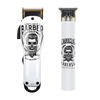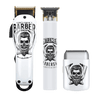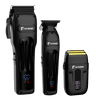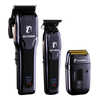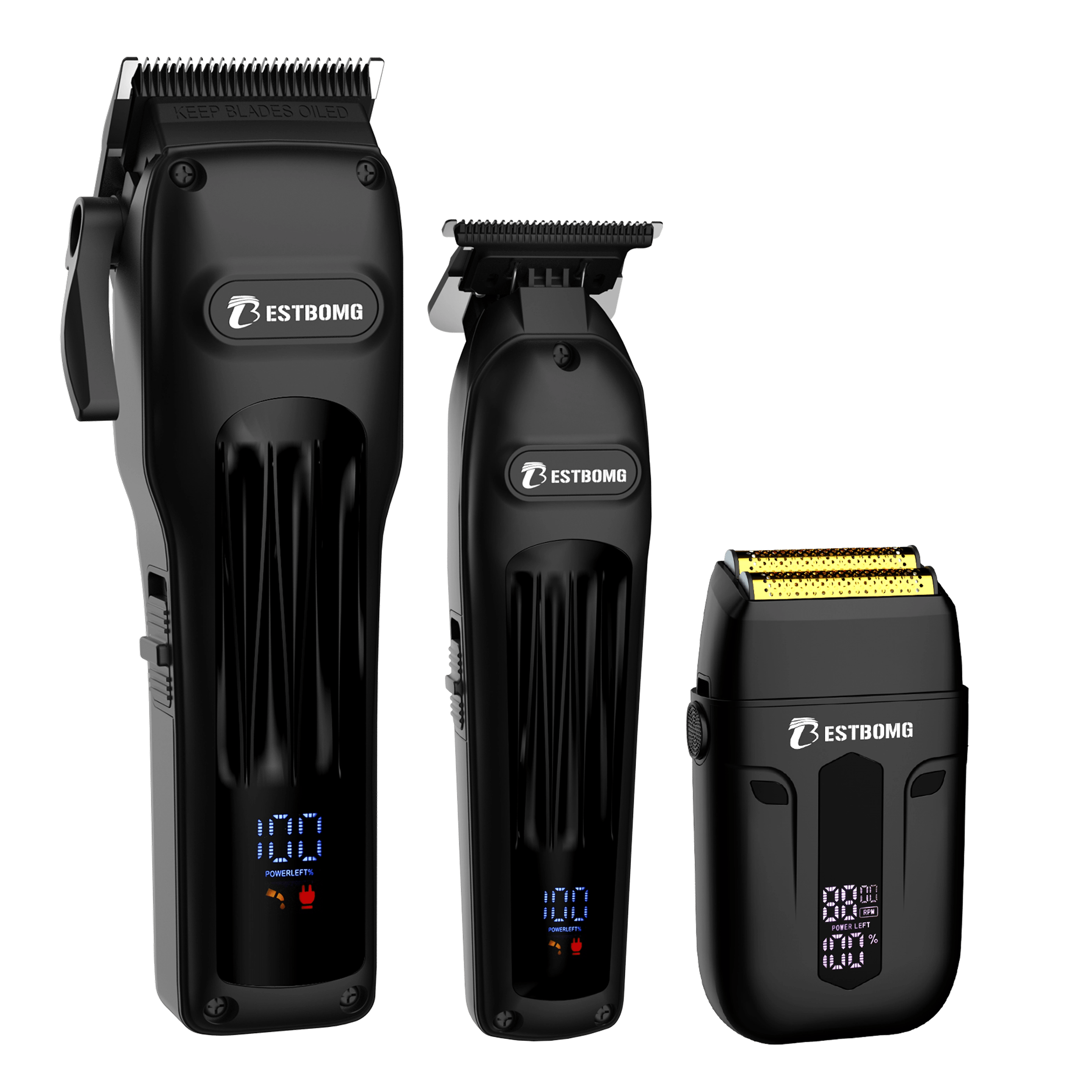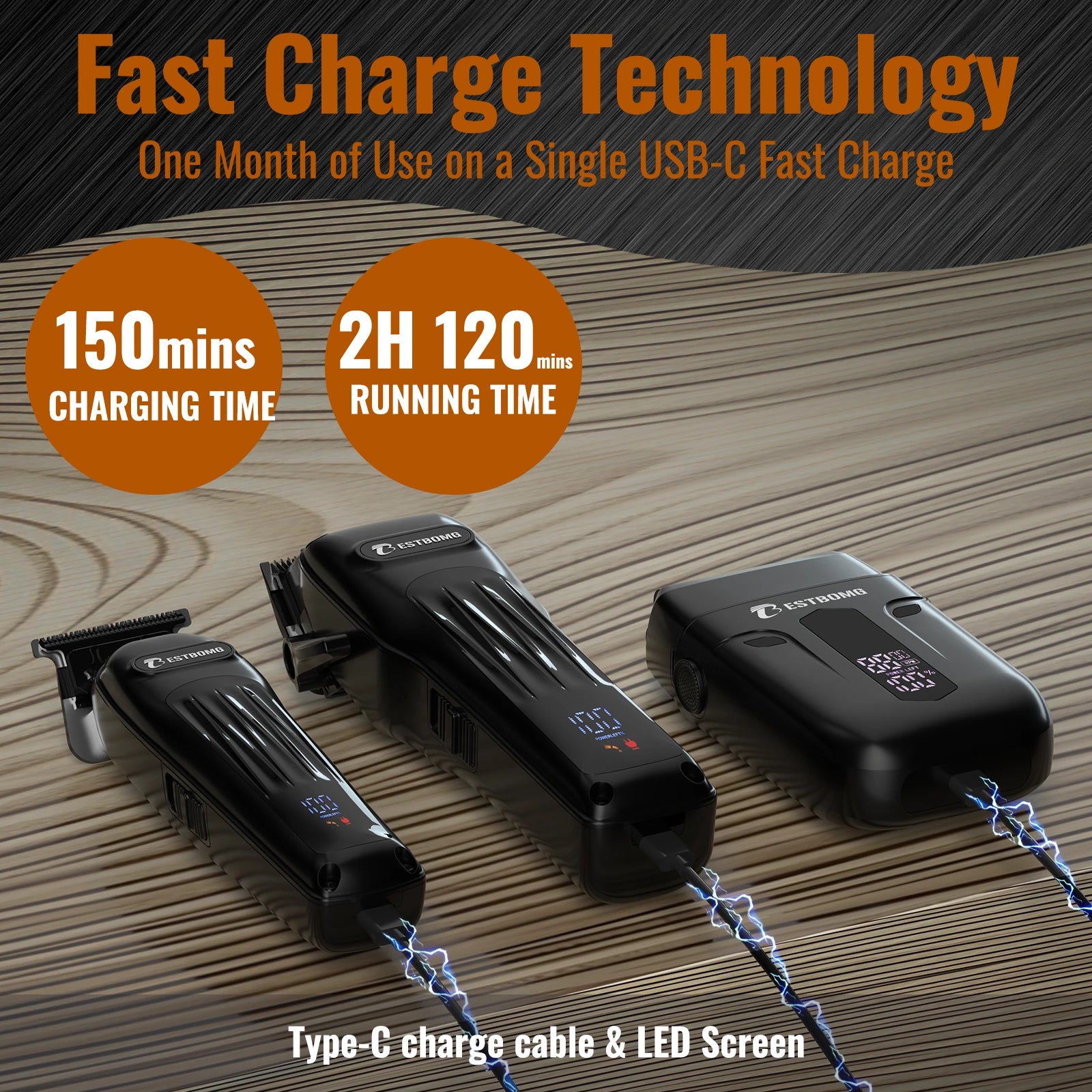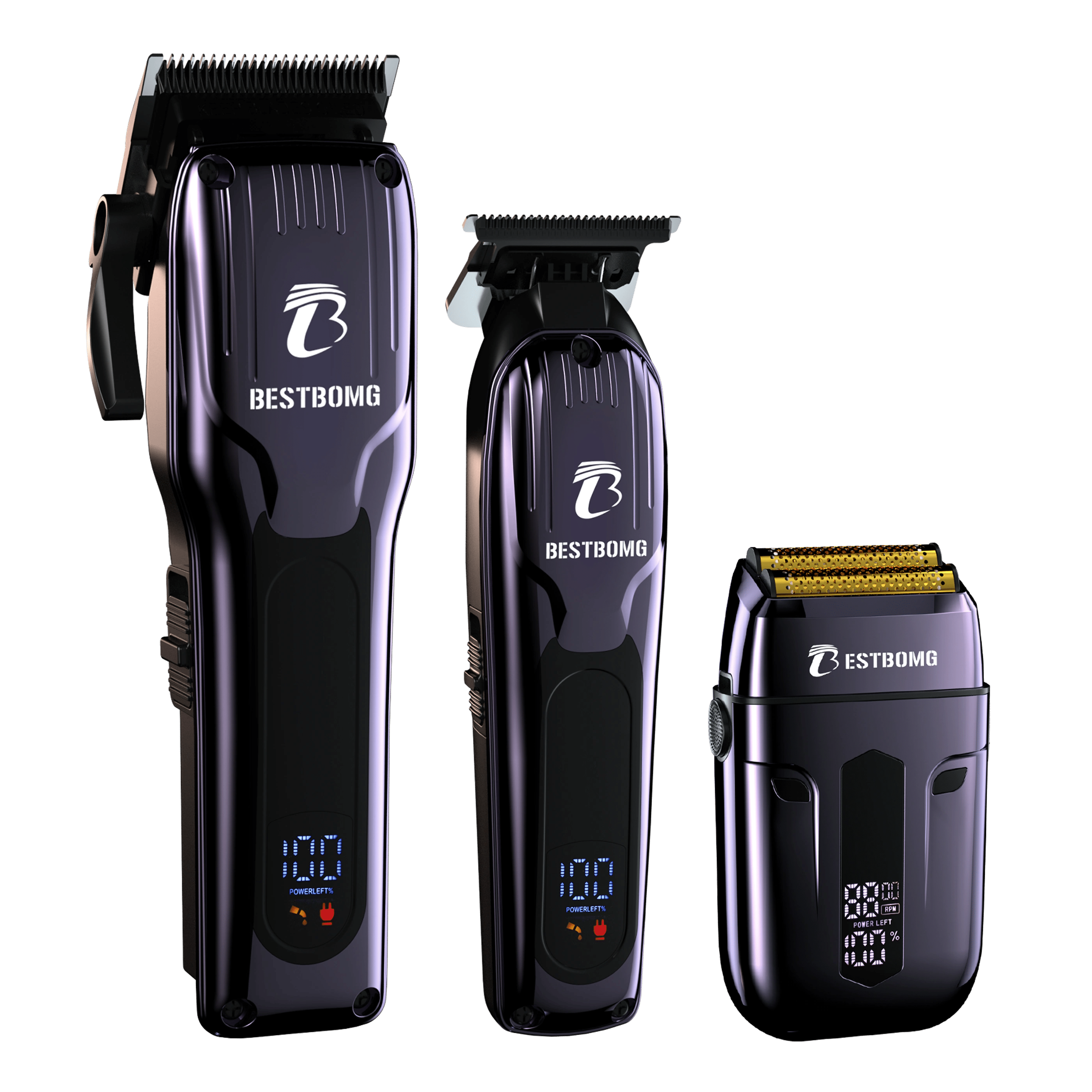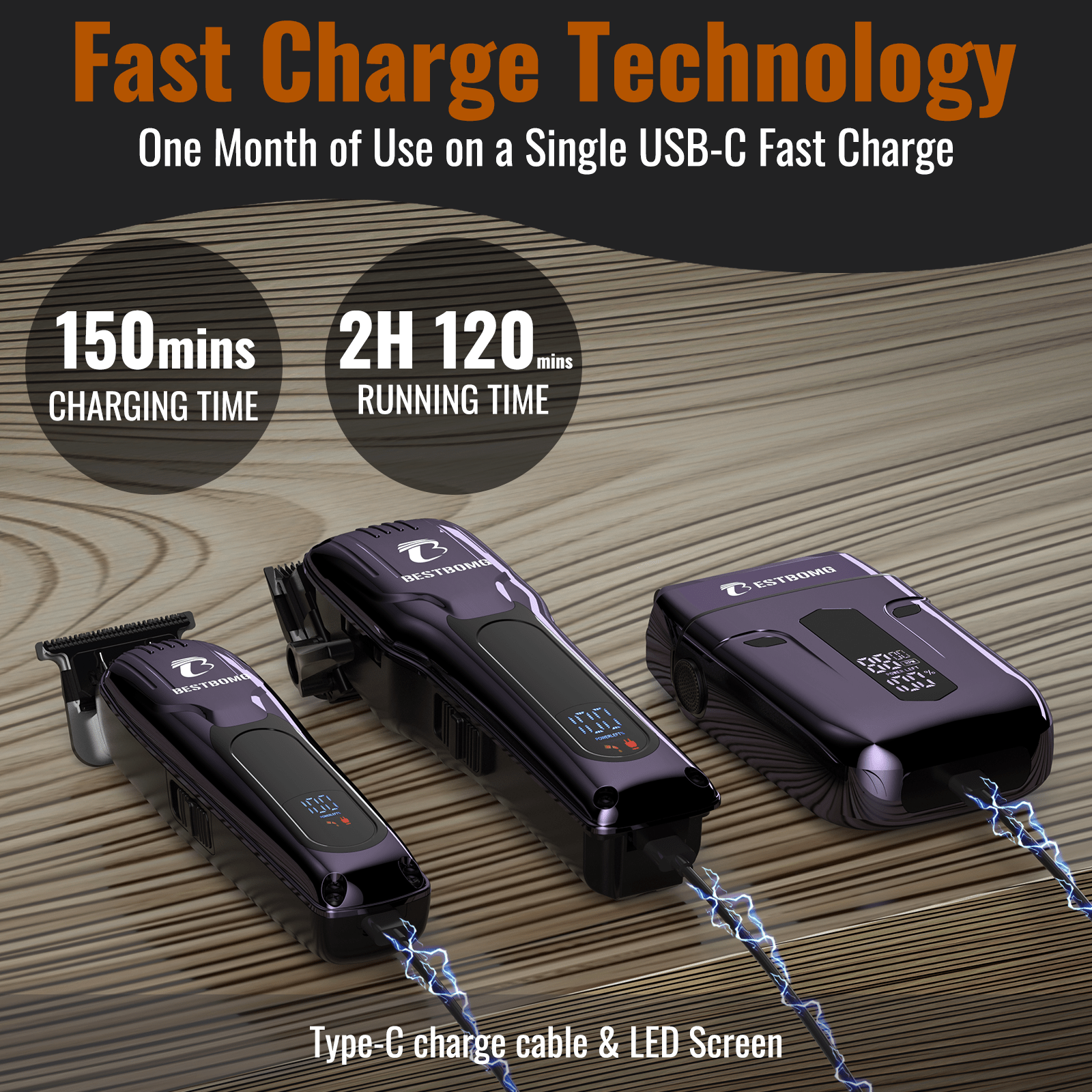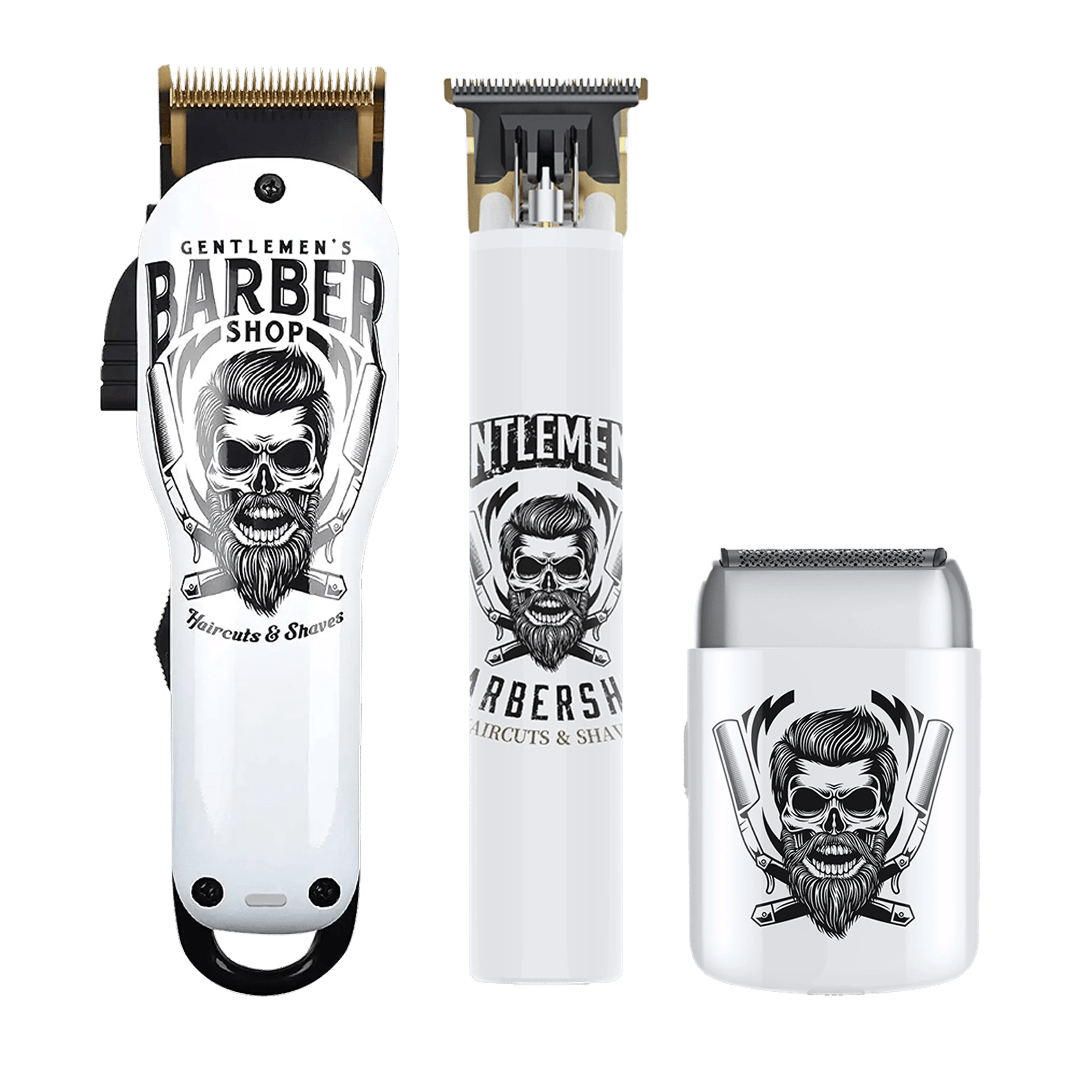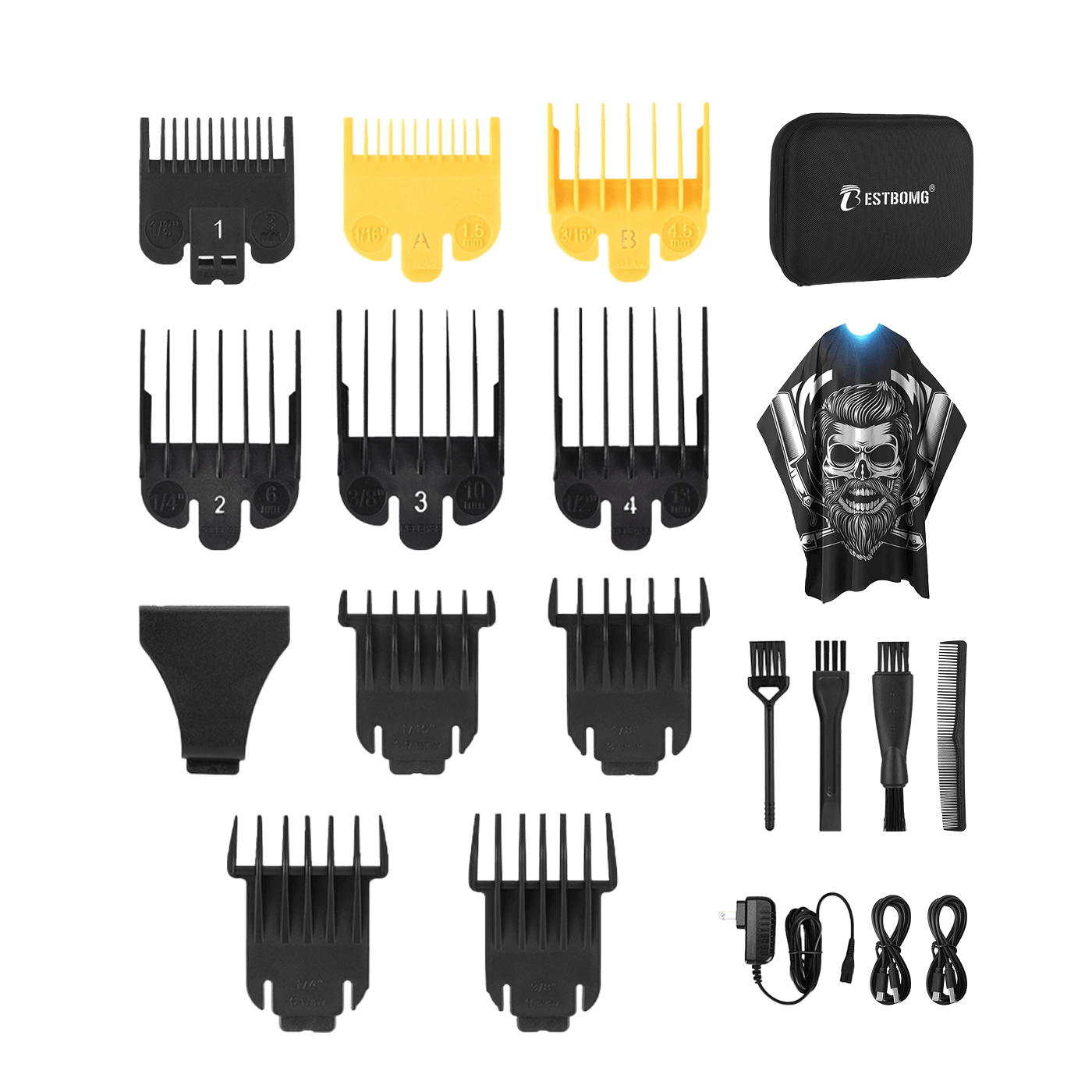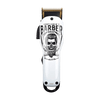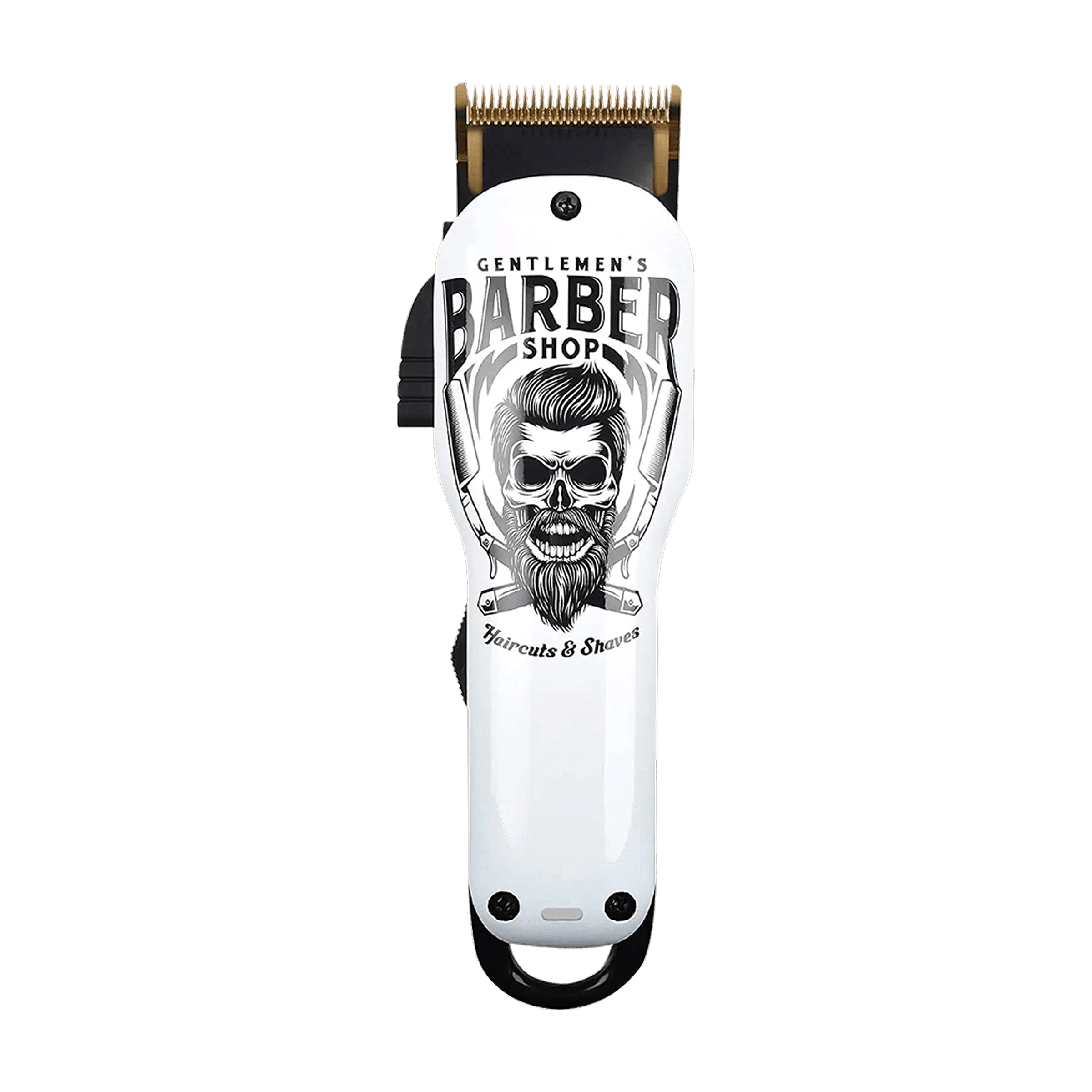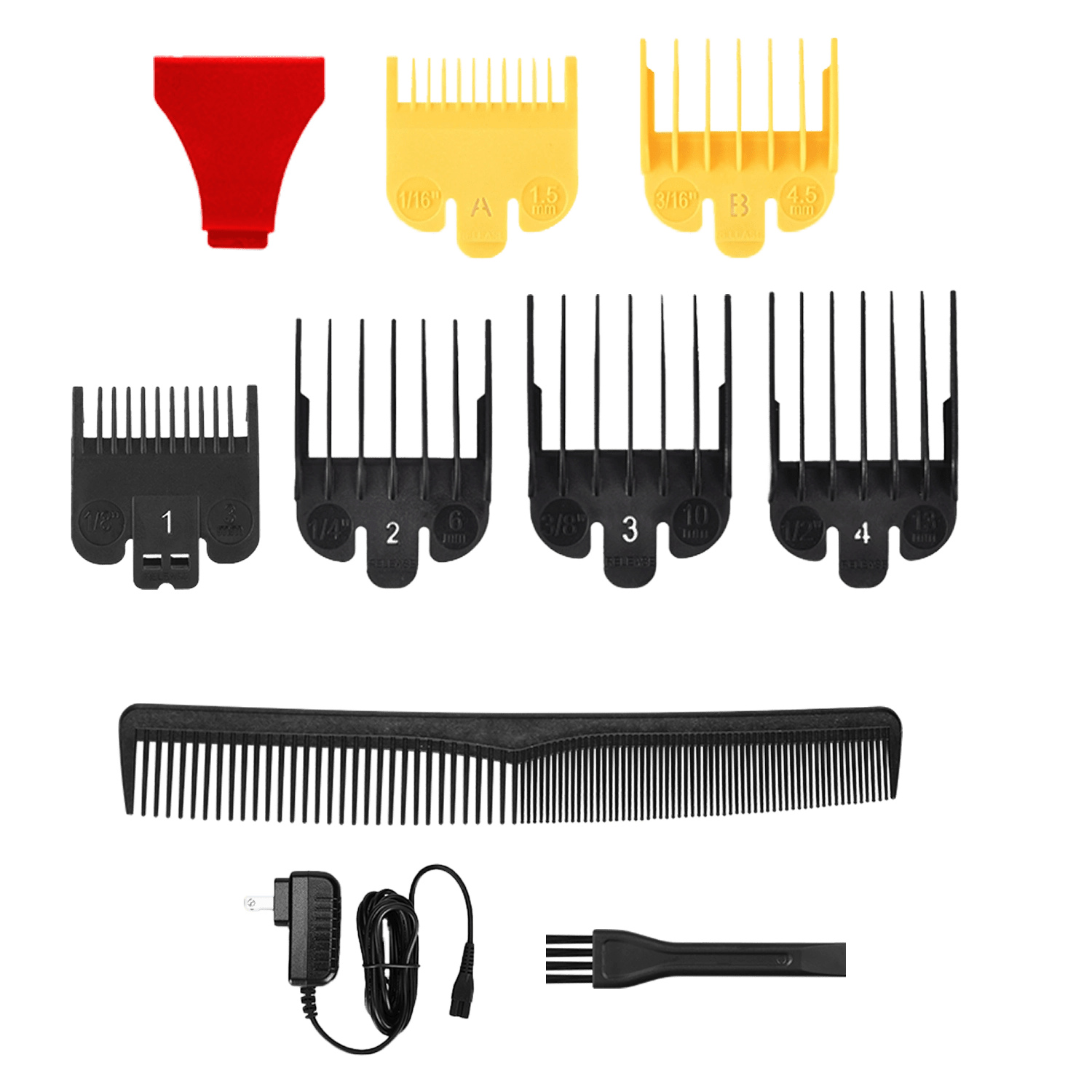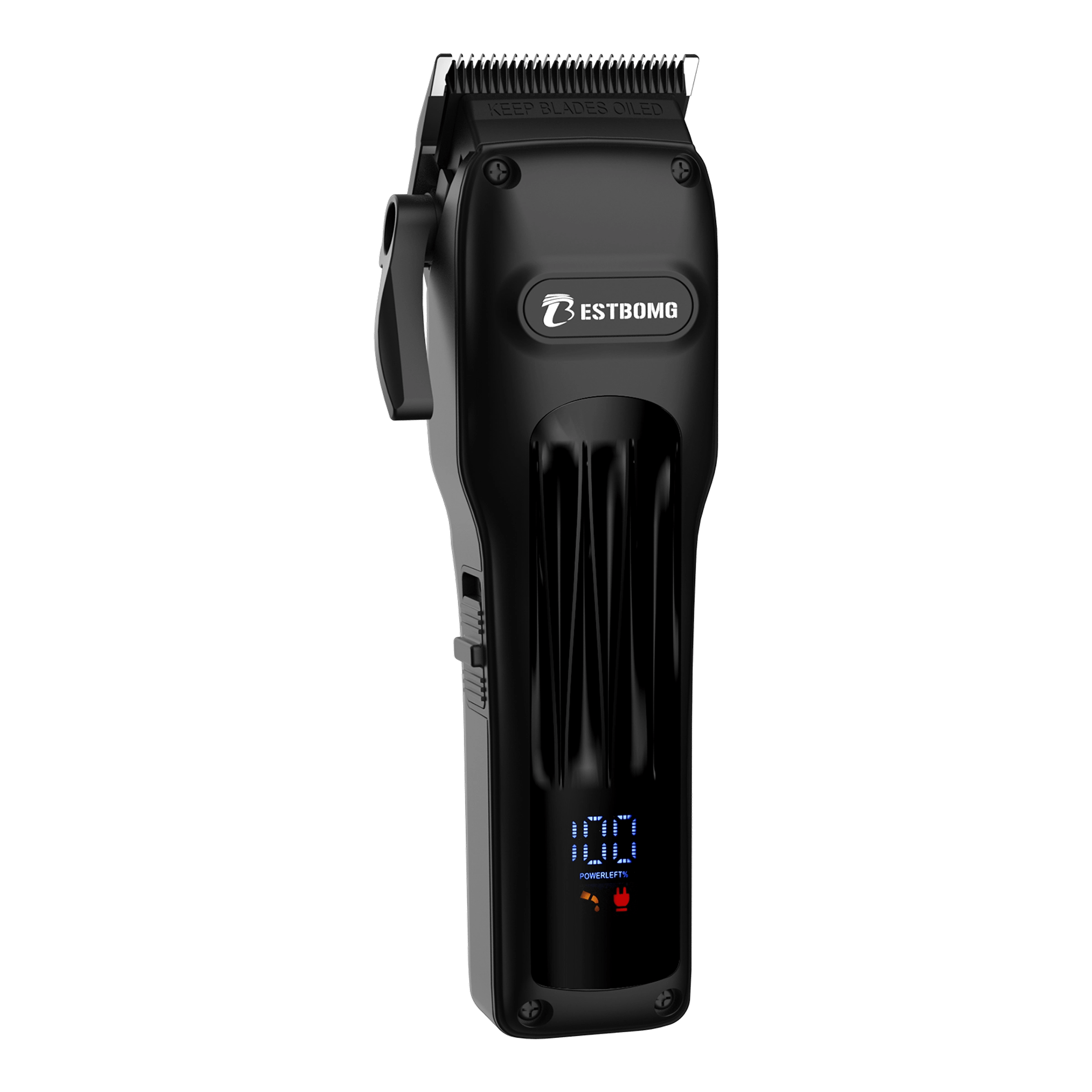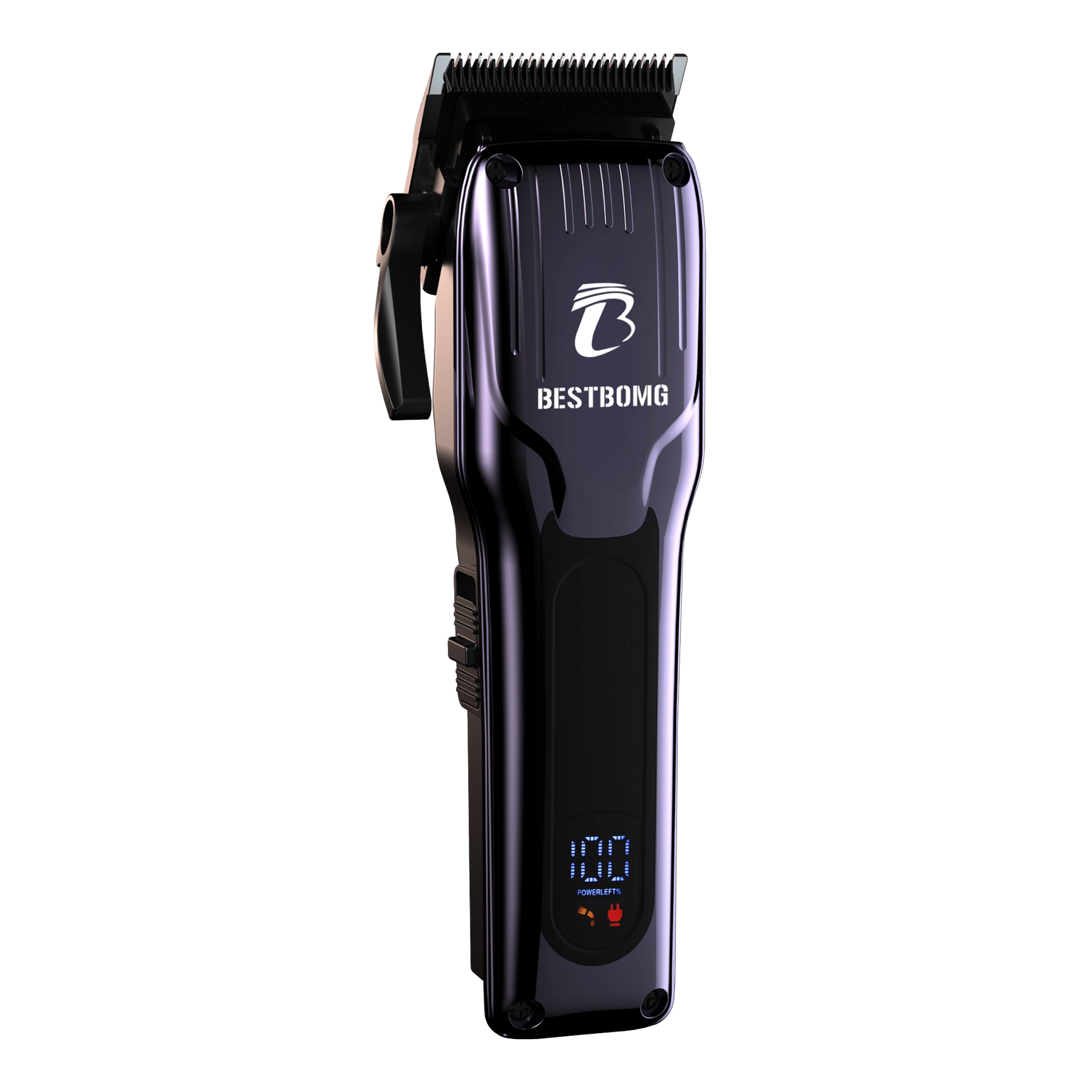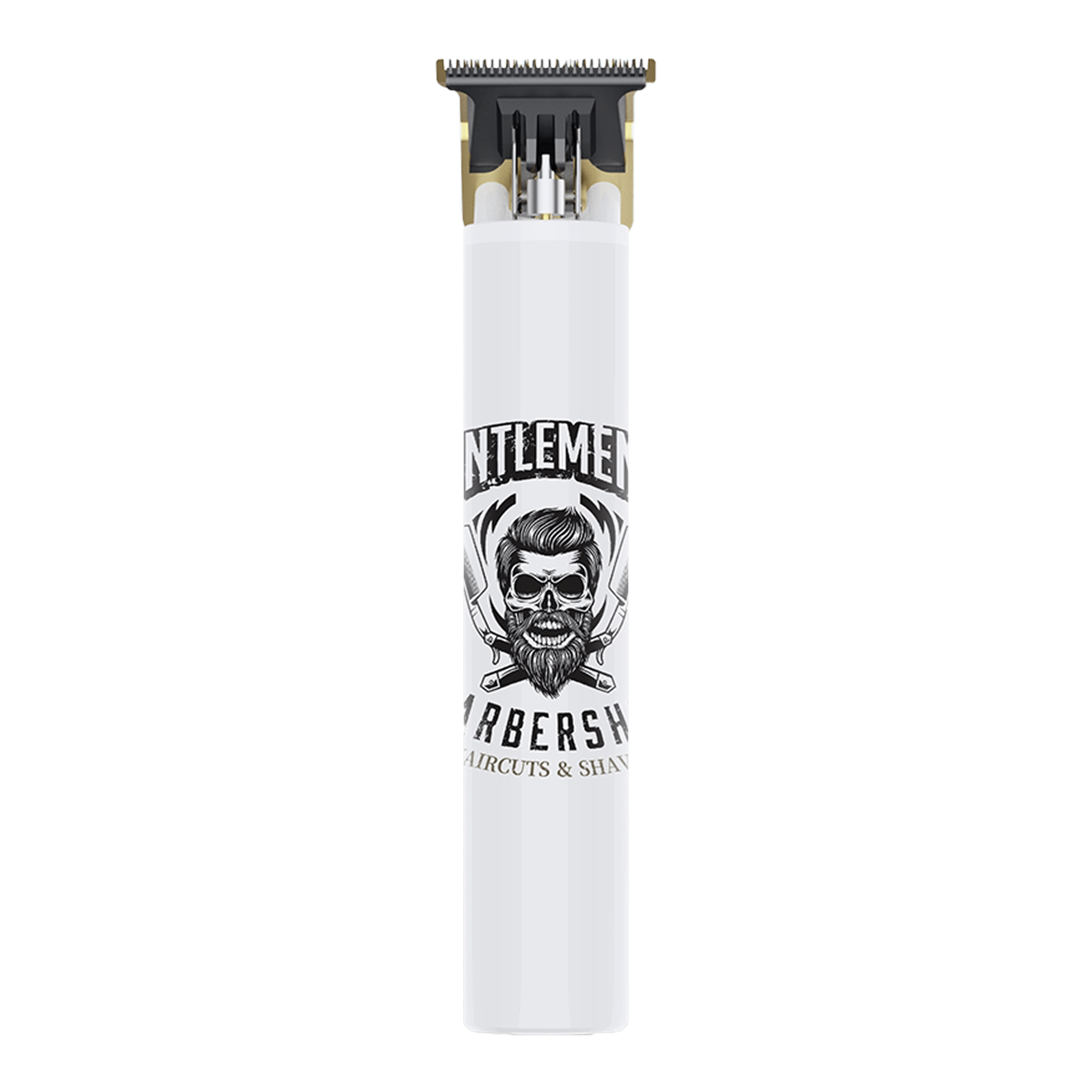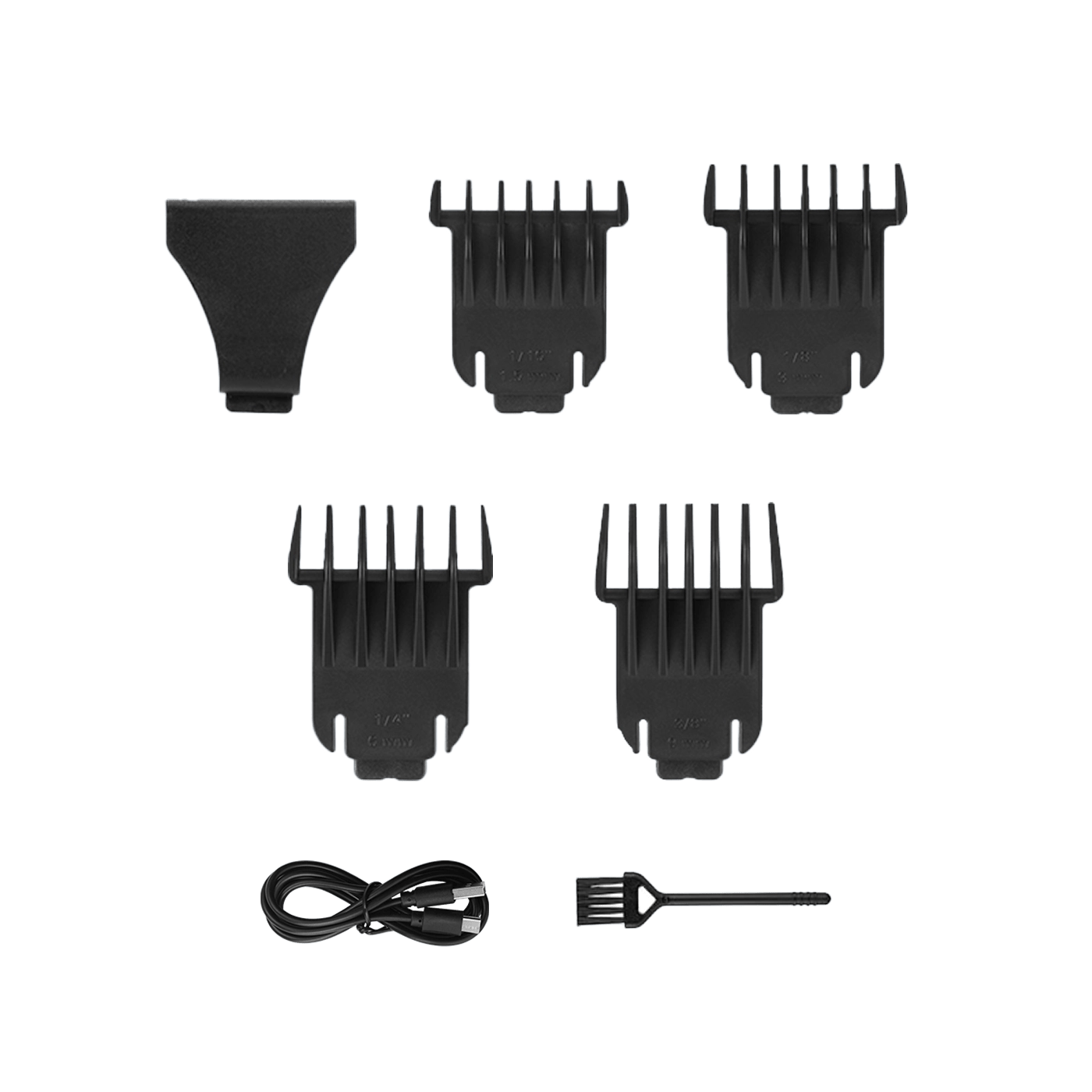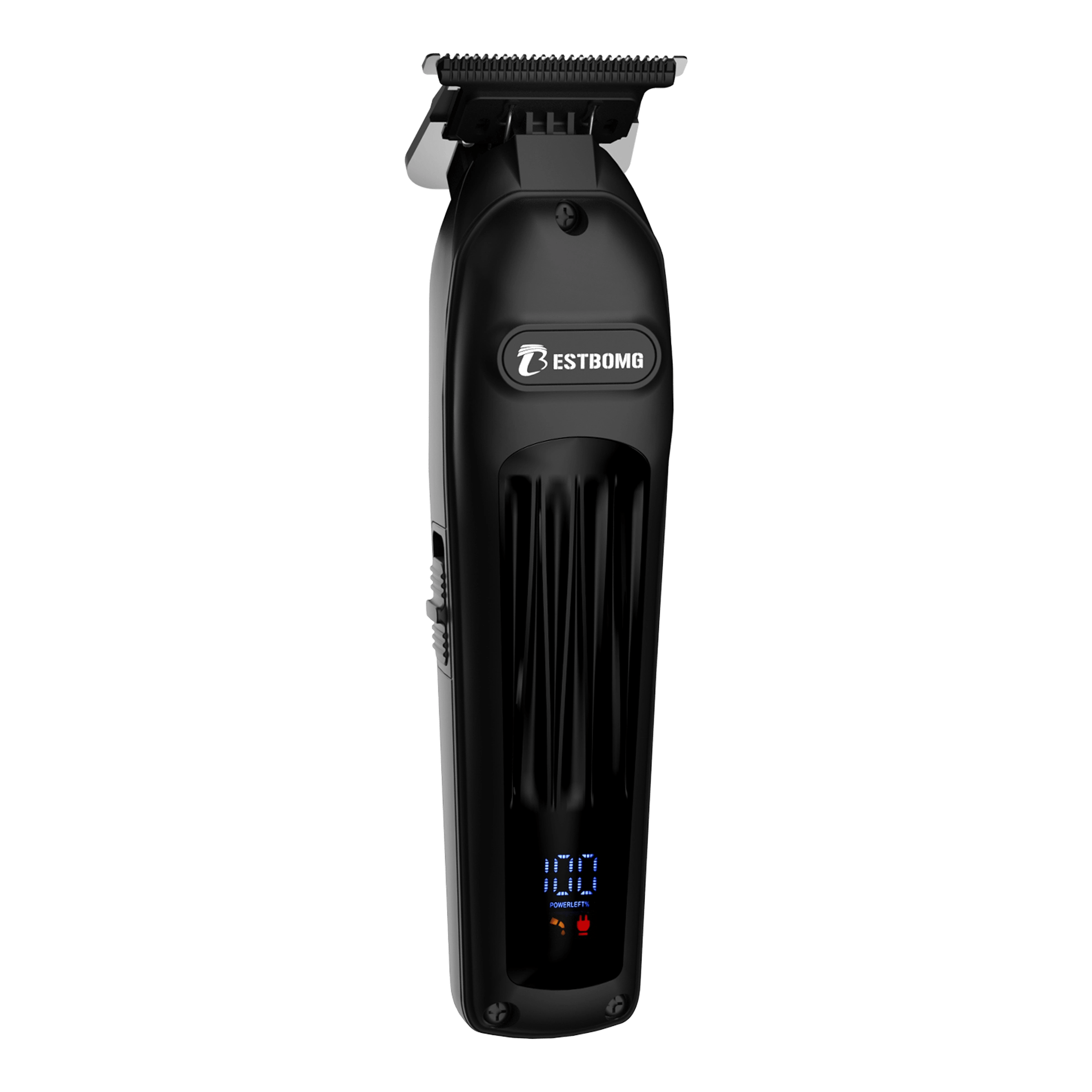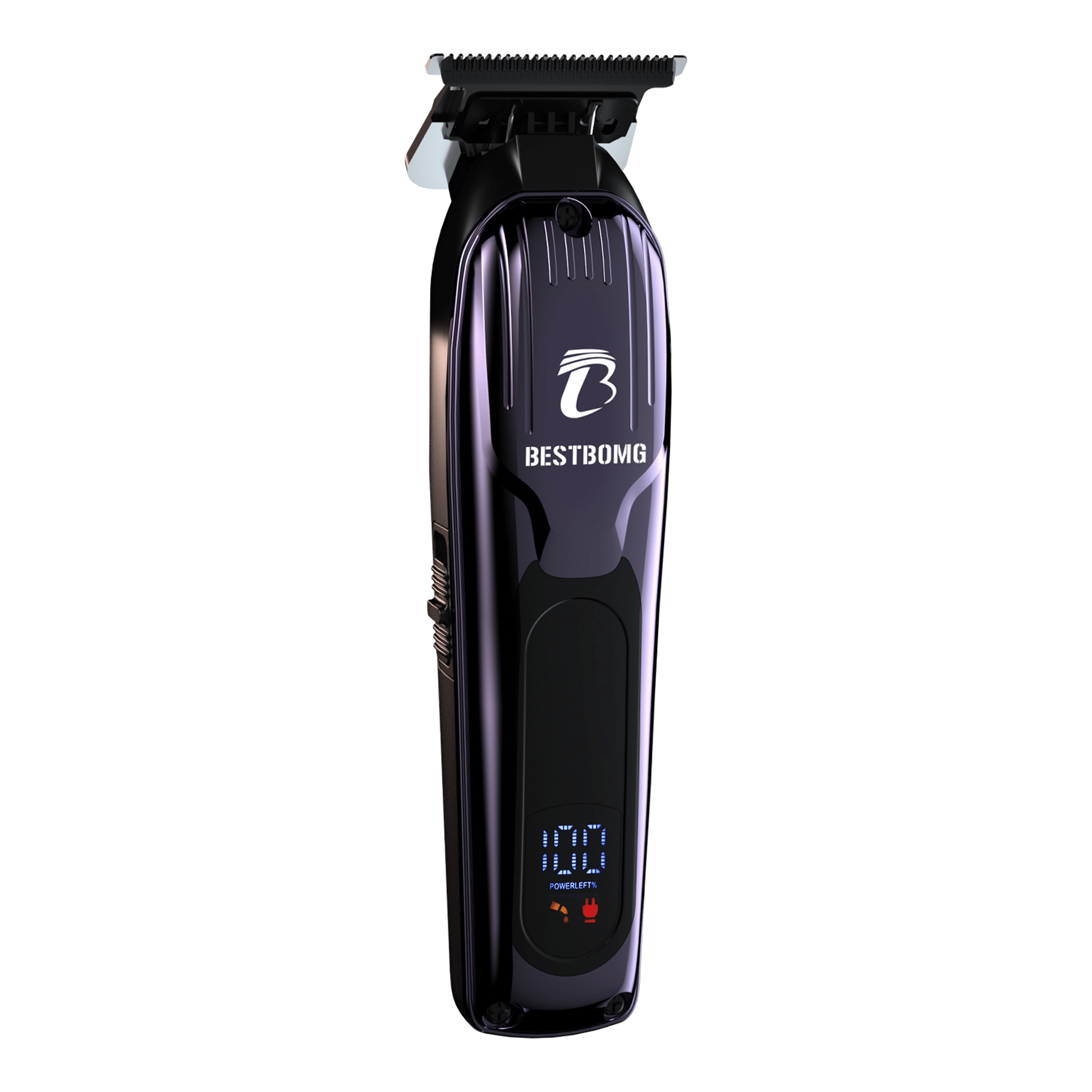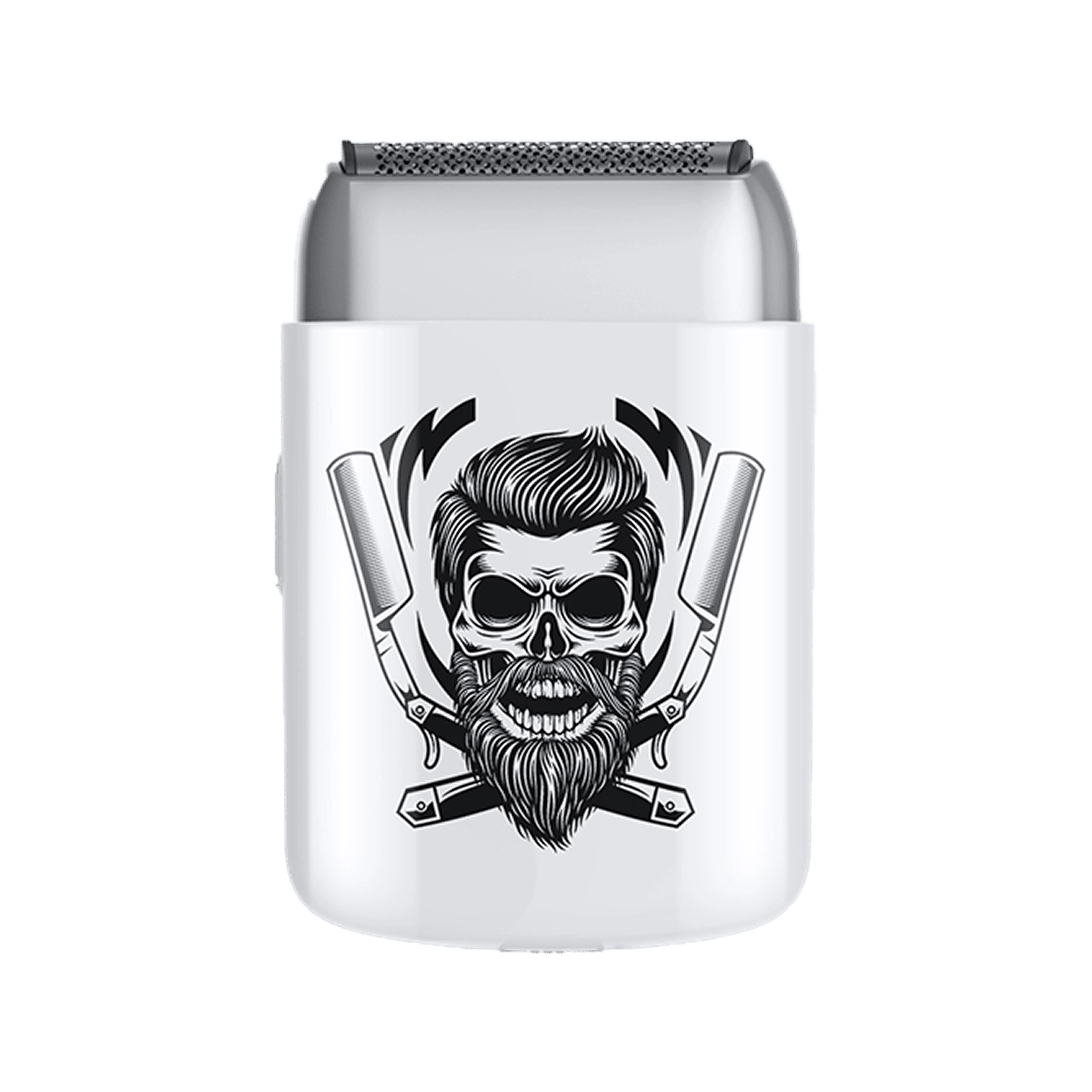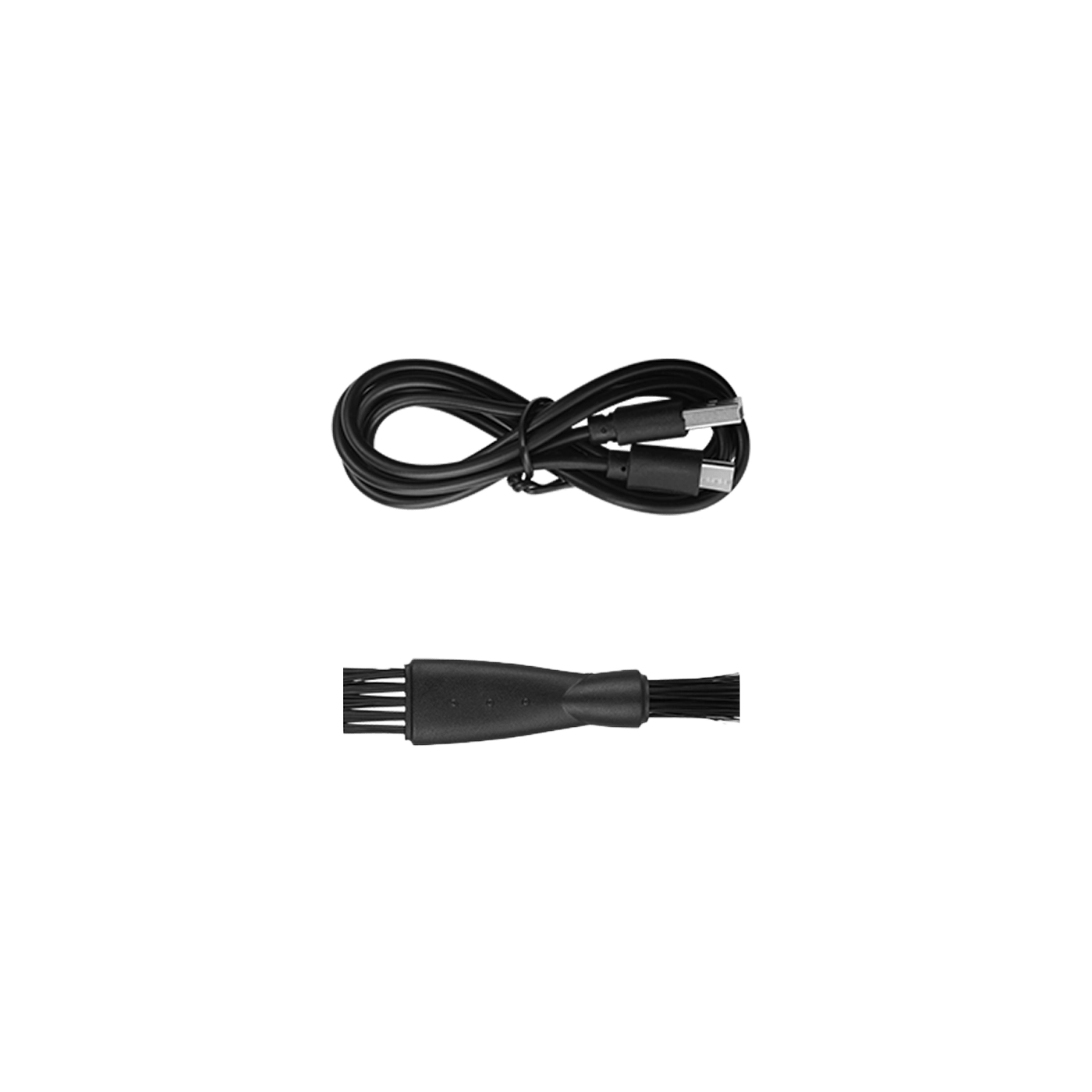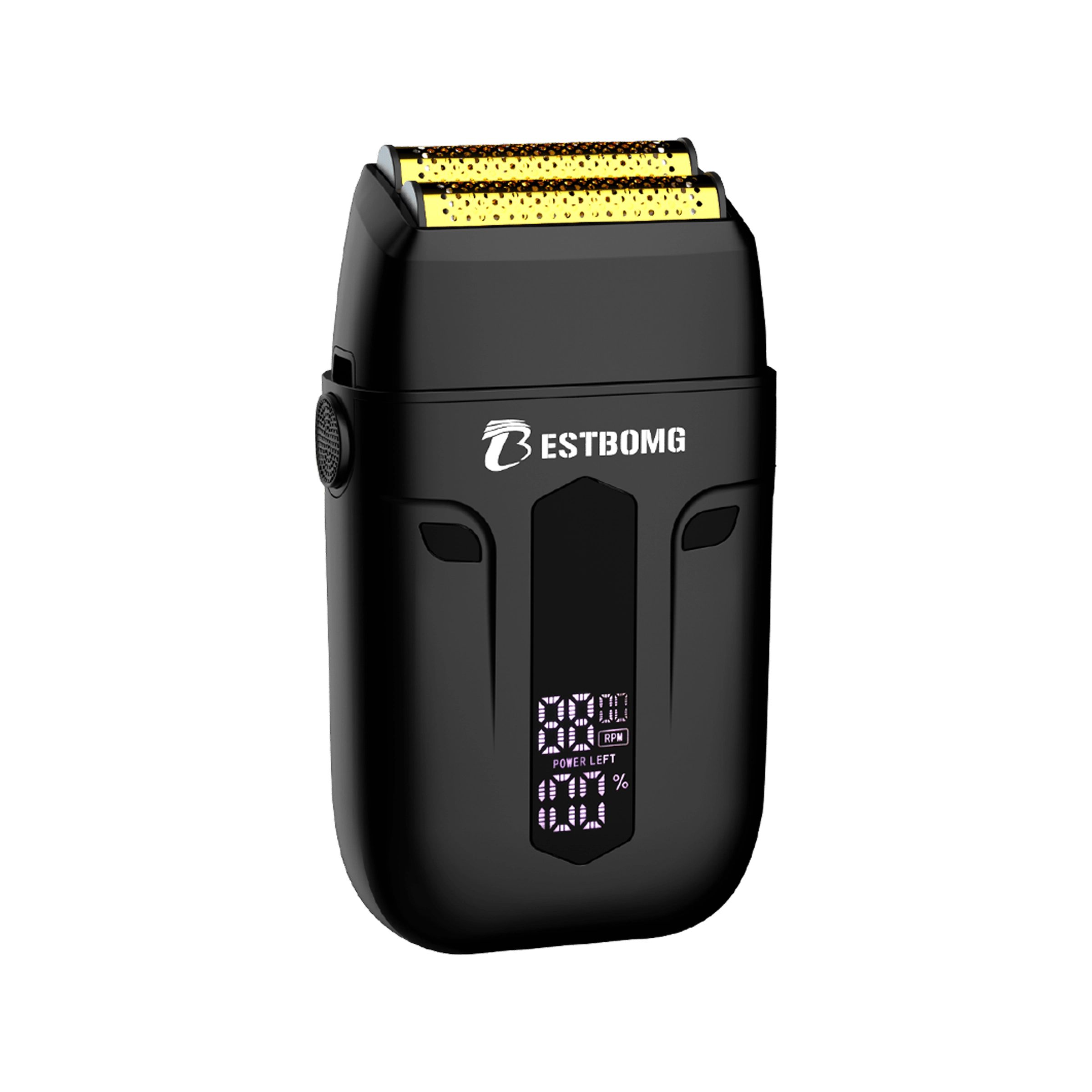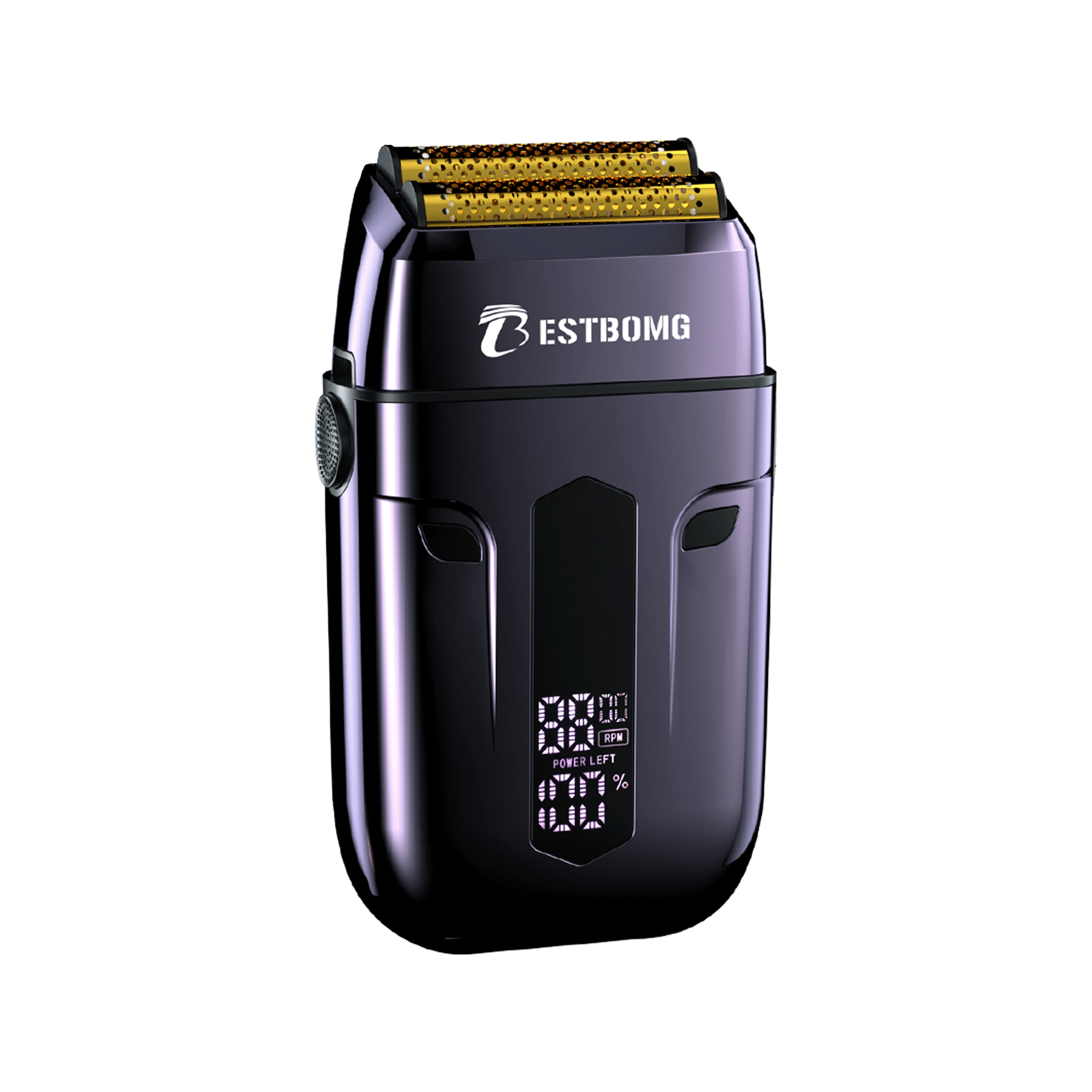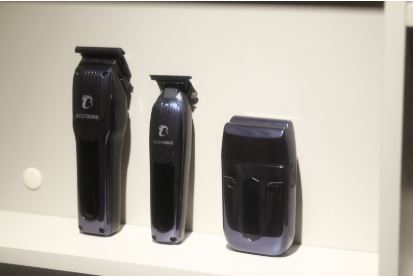Short answer: You can safely use clippers to trim pubic hair (reduce length) as long as you use guards, keep skin taut, and go slowly. For a truly bare, skin‑close shave, use a body‑rated trimmer or shaver (or a razor) and follow dermatologist‑approved technique to minimize irritation and ingrowns.
OB‑GYN guidance adds that trimming is the safest option for most people because it doesn’t cut as close to the skin.
Clippers vs. trimmers vs. shavers (and what each does best)
- Hair clippers use wider blades and guards to remove bulk and set longer lengths evenly. Think “fast trimming,” not skin‑close shaving. Brand guides position clippers for longer hair, trimmers for closer detail work, and shavers for the closest, smooth finish.
- Beard/body trimmers have narrower, finer teeth for short hair and precision (necklines, bikini line, edges). They cut closer than clippers and often include short combs/dials.
- Body‑rated electric shavers (often dual‑foil) and manual razors give the closest, bare‑skin result—but they also carry the highest risk of razor bumps/ingrowns if you rush or shave against the grain.
Below‑the‑belt tools: Major manufacturers sell body groomers that are specifically labeled as safe for “even below the belt.” If you prefer electric, using a body‑rated model is the easiest way to stay comfortable.
Should you actually use clippers down there?

Yes—for trimming. Clippers are great when you want shorter hair without going down to bare skin. Dermatology and OB‑GYN advice agree that trimming is the lowest‑irritation option, especially for sensitive skin or if you’re prone to bumps and folliculitis.
No—for true “shaving.” If your goal is completely smooth, a body trimmer/shaver (or a razor) is the right tool. Beauty editors who tested beard trimmers for pubic hair found them more comfortable but not as close as razors; you’ll usually see a fine stubble if you use only a trimmer.
Decide your finish: trim vs. bare
- Trimmed (1–7 mm): Fast, low‑risk, minimal maintenance. Use a clipper with a guard or a body trimmer. (If you’re immunocompromised, OB‑GYNs specifically recommend trimming as the safest route.)
- Bare / skin‑close: Use a body‑rated shaver or a fresh razor, and follow dermatologist‑approved shaving steps to reduce bumps and ingrowns.
Step‑by‑step: how to trim pubic hair with clippers (safe & simple)

Use this when you want shorter hair but don’t need it totally smooth.
- Check your tool. Ensure the clipper is clean, oiled, and dry. (Only use in the shower if your device is explicitly waterproof.)
- Choose a guard. Beginners start longer (6 mm / #2) and step down if needed; the taper lever helps micro‑adjust length.
- Prep the area. Trim on clean, dry skin with good lighting. If hair is very long, comb it first.
- Skin taut, strokes short. With your free hand, stretch the skin flat (especially on looser areas). Glide the guarded clipper with the grain first, then lightly across the grain if needed for uniformity.
- Avoid “zero‑gapping.” Don’t run a bare blade on loose or highly contoured skin; that’s how nicks happen.
- Edge gently. For bikini/crease edges, switch to a narrow trimmer (or the clipper with lever closed) and take tiny, tapping strokes.
- Rinse & moisturize. Shower off trimmed hair; pat dry; apply a light, fragrance‑free moisturizer or aloe to reduce friction afterward. Dermatology groups recommend post‑shave soothing to reduce bumps, and the same comfort principle helps after trimming too.
Where clippers shine: mons pubis, top of the bikini line, and any areas of tighter, less mobile skin. Be extra careful on very loose skin—switch to a body trimmer with a protective guard there. Manufacturer how‑tos for manscaping emphasize keeping delicate skin taut and using guarded tools.
Step‑by‑step: how to shave bare (electric body shaver or razor)

When you want smooth, follow the same fundamentals dermatologists teach for faces and bikini lines:
- Pre‑trim first. Use a guarded trimmer/clipper to reduce length to 1–3 mm. Multiple guides and editors recommend trimming before you shave—less tugging, fewer clogs.
- Soften & lube. Shave at the end of a warm shower, or soften with a warm, wet cloth; use a shave gel/cream (razor) or water/gel if your electric shaver supports wet shaving. Dermatologists consistently note lubrication reduces irritation.
- Go with the grain (then across if you must). Shave in the direction of hair growth first; only make a second pass across or against the grain if your skin tolerates it—closer, but higher risk of bumps.
- Keep skin taut, pressure light. Short, careful strokes; rinse the razor often or empty the shaver head so it doesn’t clog.
- Cool rinse & moisturize. Rinse with cool water; pat dry; use a gentle moisturizer. To reduce pseudofolliculitis/razor bumps, the American Academy of Dermatology suggests proper technique, soothing aftercare, and shaving with the grain.
- Dress for comfort. Skip tight clothing for a few hours; friction is a common trigger for irritation.
Reality check: Editors who tested “shaving with a beard trimmer” say it’s more comfortable but not as close as a razor—expect a fine “shadow.” Choose comfort vs. closeness based on your preferences.
Reduce bumps, ingrowns, and irritation (derm‑approved habits)

- Trim rather than shave if you’re bump‑prone or have very sensitive skin. OB‑GYNs call trimming the safest choice.
- Shave with the grain, on softened hair, with lubrication; avoid dull blades; and consider more frequent (gentle) shaves if you’re very bump‑prone. (AAD guidance.)
- Exfoliate between sessions (not immediately before if you’re sensitive). Gentle exfoliation helps prevent ingrowns.
- Know the tradeoffs. Some public‑health sources note that hair removal can irritate skin and, via micro‑cuts, raise risk of infections—another reason trimming is a reasonable default.
- When to pause: If you have active rashes, cysts, or infection, let skin heal first (and consider trimming only).
Tool care (fast but important)
Clean tools reduce irritation risks:
- After each use: Brush out hair, rinse waterproof heads, and disinfect blades/foils per your manual.
- Oil clipper blades (a few drops across the teeth and rails) to keep them cool and smooth—especially before trimming denser hair. (This is standard clipper maintenance from major brands.)
- Store dry, guards on, away from humidity.
Sample routines you can copy
“Neat & short” (no razor)
- Shower; dry completely.
- #2–#3 guard on a clipper (≈ 6–10 mm); go with the grain on mons pubis and bikini line; keep skin taut.
- Switch to a narrow trimmer to tidy edges.
- Rinse; moisturize lightly.
“Smoothe r” (electric shaver finish)
- Pre‑trim to 1–3 mm with a guarded trimmer/clipper.
- Use a wet/dry foil shaver in the shower with gel or water; short strokes, light pressure.
- Cool rinse; pat dry; apply a gentle moisturizer; wear loose clothing for a few hours.
“Bare” (manual razor)
- Pre‑trim to 1–3 mm.
- End of a warm shower: apply shaving cream/gel, shave with the grain, rinse the razor often, then cool rinse and moisturize. (AAD & Cleveland Clinic).
Is leaving pubic hair OK?
Absolutely. Pubic hair is normal and protective; grooming is a personal choice. If you’d like less upkeep and less irritation risk, trimming is a perfectly valid long‑term approach.
Bottom line
- Yes, you can use clippers on pubic hair—to trim with a guard.
- For bare, skin‑close results, use a body‑rated shaver or a fresh razor with derm‑approved technique (pre‑trim, soften, lube, grain‑first, moisturize).
- If you’re unsure, start with trimming; it’s the safest and easiest to maintain.
Frequently Asked Questions
Is it good to shave pubic hair with clippers?
Clippers are great for trimming, not true shaving. Use a guard to reduce length safely with minimal irritation. For smooth skin, switch to a body‑rated trimmer or shaver (or a razor) and follow gentle technique (with the grain, light pressure). Dermatology groups emphasize these basics to reduce bumps and irritation.
What is the best tool to shave your pubes with?
For comfort and fewer bumps, many people prefer a body‑rated trimmer/shaver designed for below‑the‑belt grooming. If you want the closest result, a fresh manual razor (or a high‑quality foil shaver) plus proper prep/post‑care works well; just know it’s also the most likely to cause irritation if rushed.
How to shave pubic hair without irritation?
Pre‑trim, soften hair (warm shower), use shaving gel, shave with the grain, rinse often, cool‑rinse after, then moisturize. Space out sessions if you’re bump‑prone and exfoliate gently between shaves. (AAD & Cleveland Clinic guidance.)
Clippers vs. trimmers—what’s better for the pubic area?
Use clippers to reduce length fast and evenly (guards), and trimmers for closer control along edges/creases. For very loose skin areas, a body trimmer with protective guards is safer than a wide clipper blade. Major brand explainers outline these role differences.
Do I have to remove pubic hair at all?
No. It’s a personal choice. OB‑GYN guidance underscores that trimming is the safest option (lowest irritation/infection risk); many people keep some hair for comfort.
Czytaj więcej
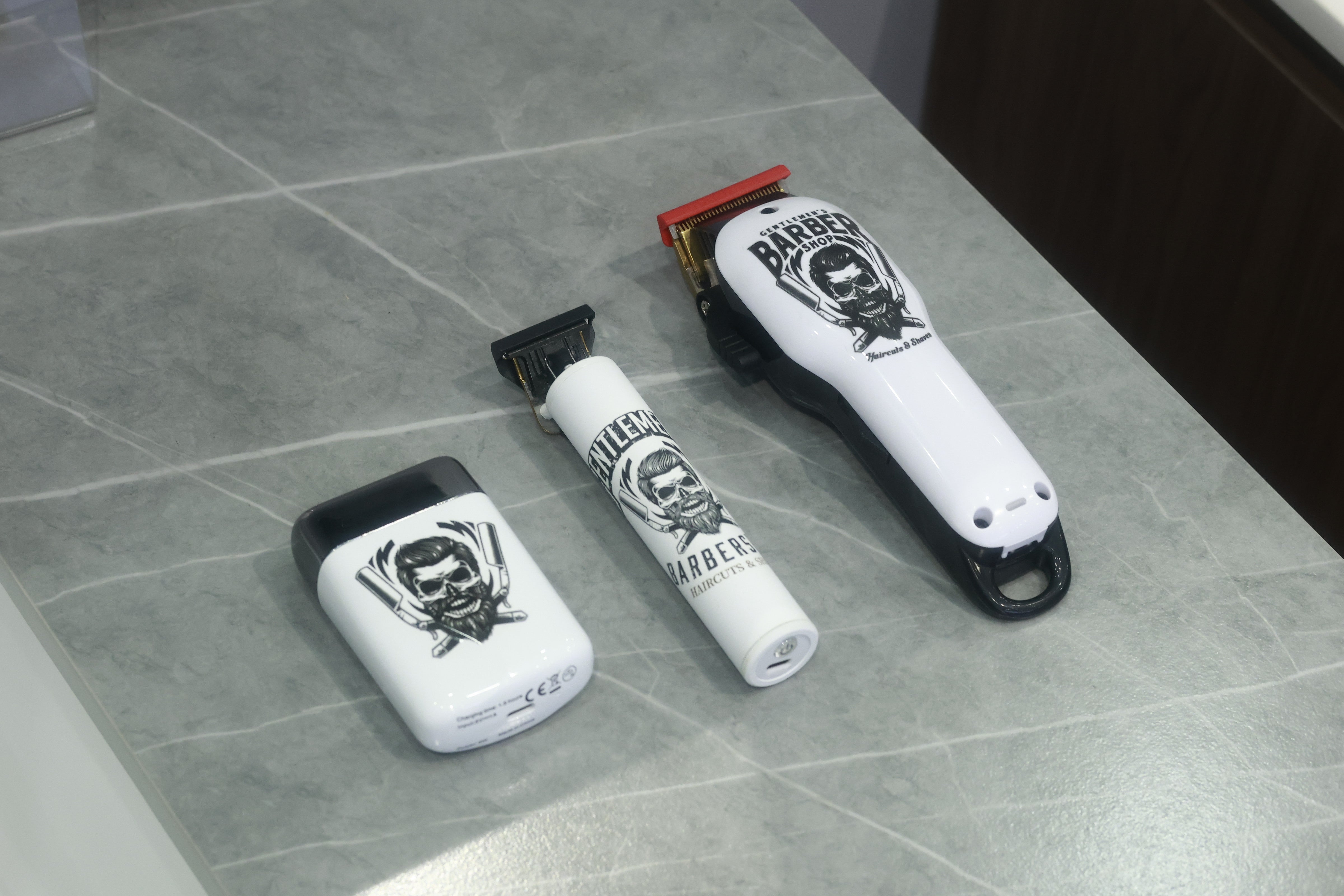
Beard Trimmer vs Hair Clipper: Key Differences & Which to Use
If you’re building a simple grooming kit, the first question is usually beard trimmer vs hair clipper—what’s the difference, and which should you buy first? In short: Hair clippers are built to r...
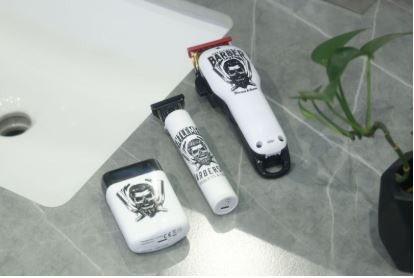
How Do You Sharpen Hair Clippers? Step-by-Step Guide
If your clippers are tugging, leaving stragglers, or running hot, it’s time for a tune‑up. The good news: most “dull” clippers don’t need replacing—they need cleaning, alignment, oiling, and occasi...
